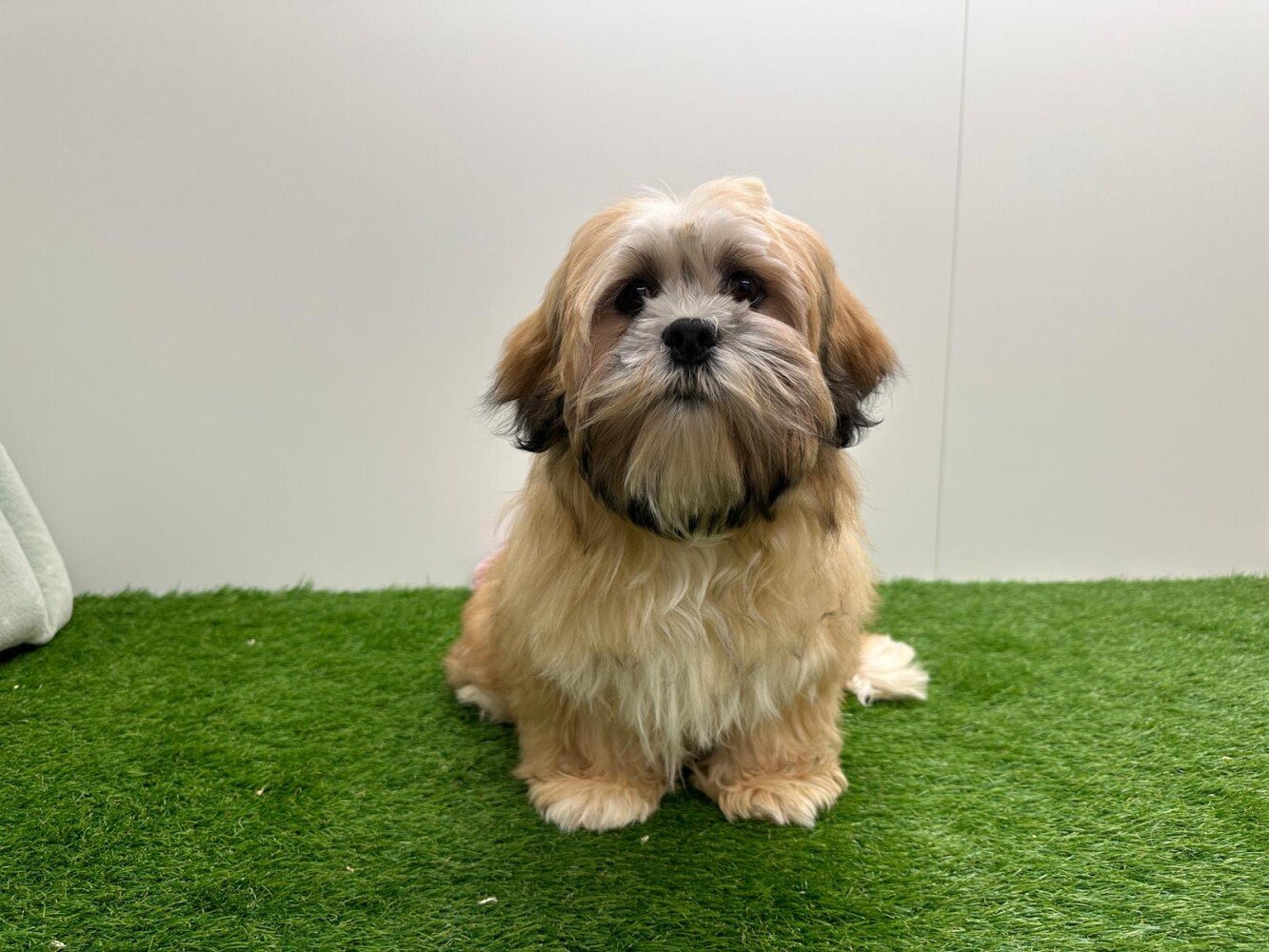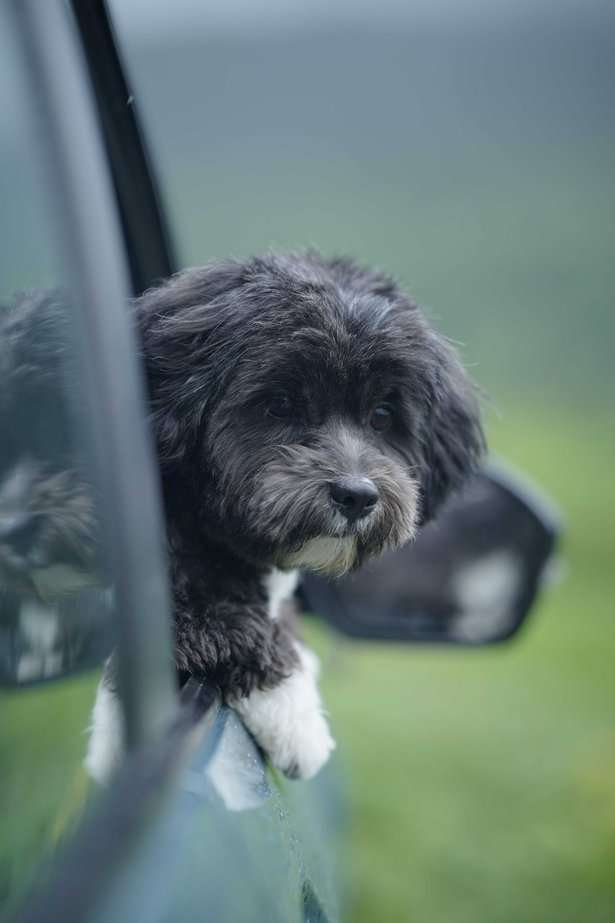
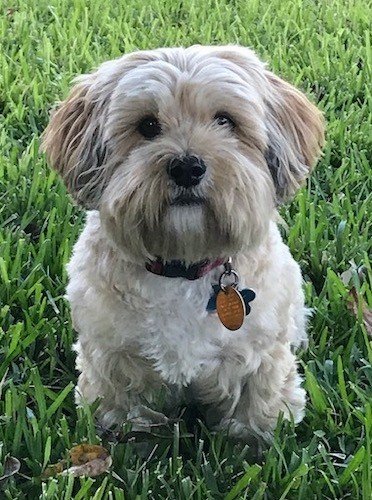
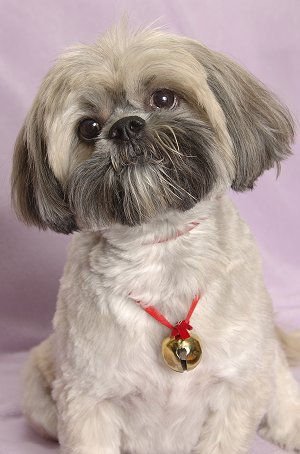
May 23, 2025



More than merely a beautiful lapdog, the Lhasa Apso is a dog of ancient lineage with centuries of rich history behind its sturdy little frame. Breeding was done with these dogs in the Himalayan mountains of Tibet for companionship and protection.
They guarded Buddhist monasteries and noble households. They play a key role in the lives around them. So, what makes these dogs truly unique? They are ever vigilant yet tender, independent yet loyal, small yet vanishingly self-assured. There is always a high demand for this breed at Lhasa Apso dog breeder in India.
History and Tibetan culture and Buddhism go hand in hand where the Lhasa Apso is concerned. Likewise, records state these dogs were around as far back as 800 AD, thus making them one of the oldest dog breeds known.
So valuable were these dogs that they were never sold but presented as gifts to honored guests or dignitaries. Indeed, the Dalai Lama kept these dogs, believing that they brought good luck and protection.
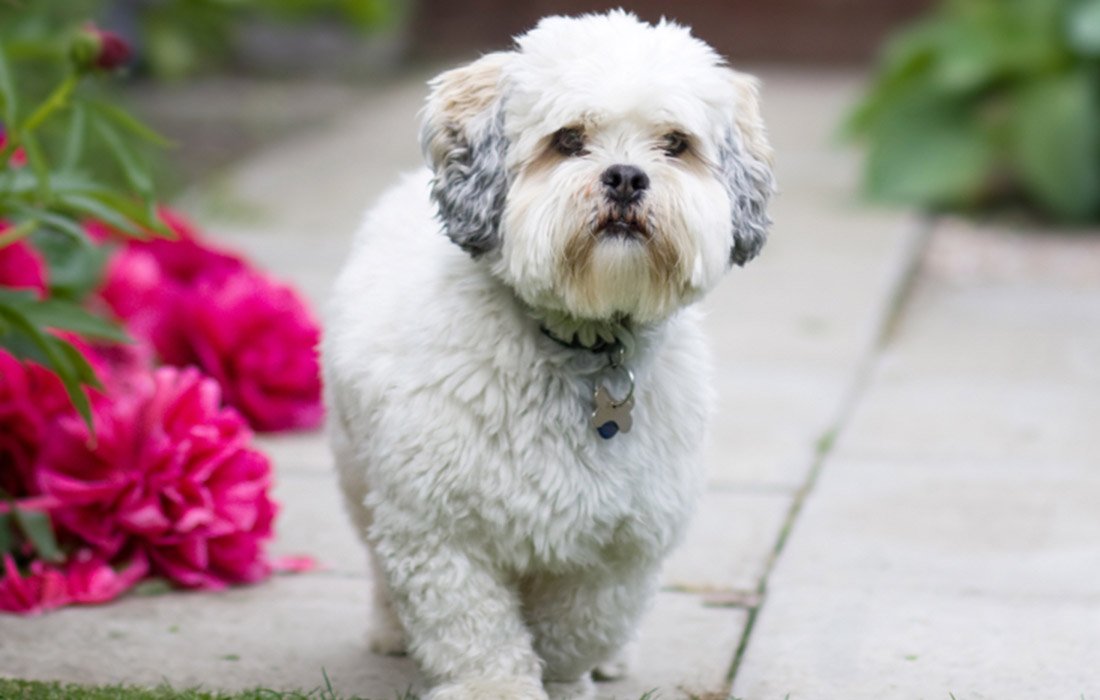
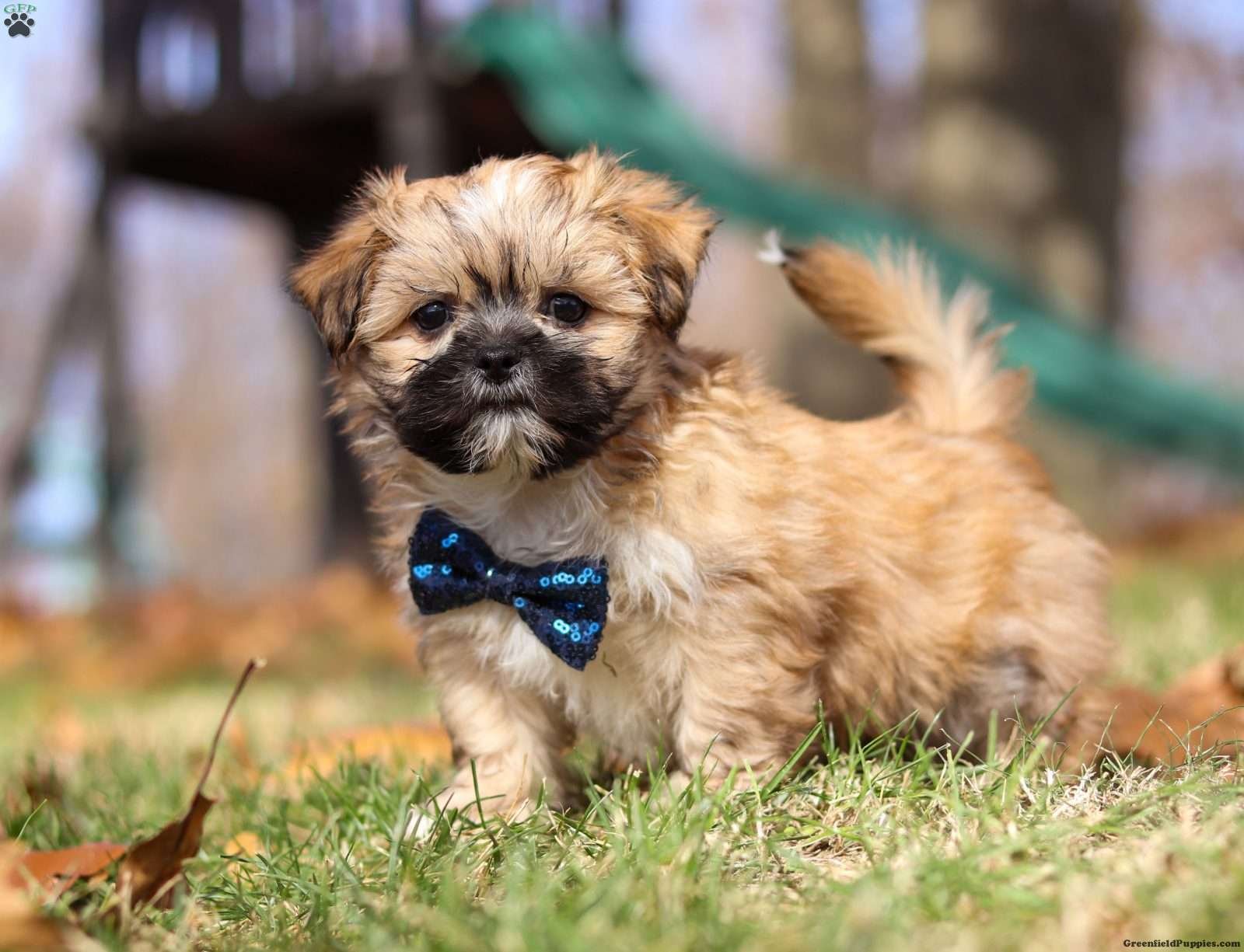
The Lhasa Apso meant various purposes in its own country Tibet. Guardians of temples would function magnificently like alarm systems-there faithful and attentive to the sound of grunting would bark up a storm to announce the most stealthy intrusion or danger.
Good Luck Charms would house souls of deceased monks that thus would seem to bestow blessings on their masters. Study Habitats: A dense coat would provide them in colder mountains at night, by making them invaluable most useful companions. Finally, simply a status symbol-nobility and even high-ranking monks could have these but, of course, made it far more appealing in its mystery.
For the most part, this breed remained unknown outside the land of Tibet until the early 1900s. British colonial officers and explorers started hauling these back to Europe, where they easily became all the rage among the aristocrats.
The American Kennel Club recognized them formally as a breed in the year 1935, yet by the 1970s, many had become more popularly owned in the United States, in which government and private citizen eyes melted with delight toward these dogs. To know more visit our dog kennel for Lhasa Apso in India.
1. The head is described as narrow yet not pointed, with a moderate stop.
2. The eyes are dark and oval-shaped, well set forward, imparting an expression of alertness.
3. The ears are heavily feathered and hang close to the head.
4. The muzzle is medium in length, having a strong chin and distinguished beard.
5. The tail is set high and carried over the back in a tight curl.
6. Feet are round, like a cat's, with thick pads, well-feathered between the toes.
Visit our dog kennel for Lhasa Apso in India to meet them, and to buy afterwards.
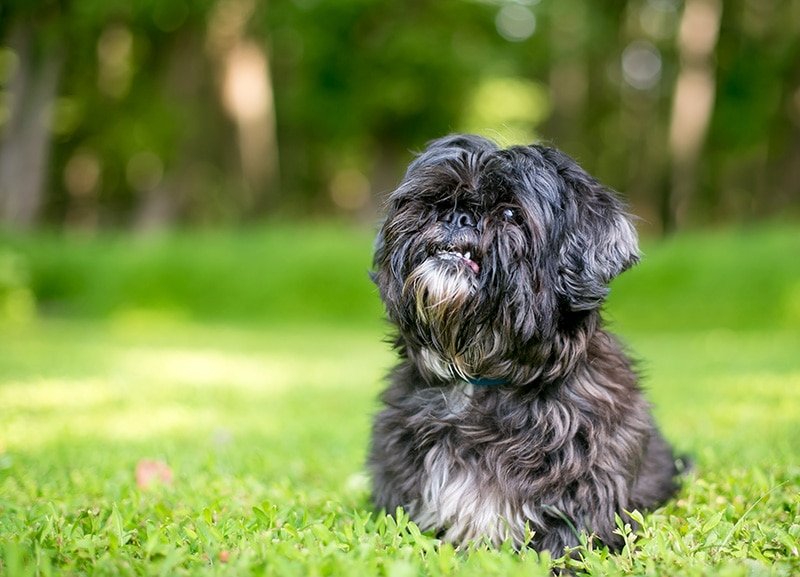
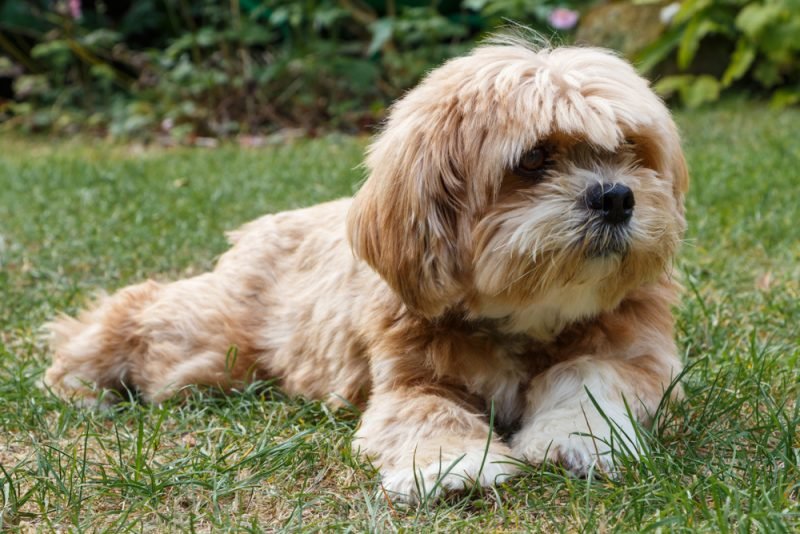
Technically small in size, a Lhasa Apso is robustly built and very well balanced. Its body is rather longer than it is tall, and it is strongly boned for such a small dog. The perfect weight ranges from about 12 to 18 pounds. It represents a small enough dog for taking along anywhere, yet substantial enough to be hardy.
The coat of the Lhasa Apso serves many purposes:
Protection-Rough outer coat protects from severe Himalayan weather, keeping them feeling comfortable in all weather extremes.
Insulation-Soft undercoat keeps them warm, quite appropriate for cold climates.
Practicality-Old Tibetan horsemen would knot their facial hair for their own visibility, hence adding to the dog's utility.
Gold-Seen in varying shades, from light honey to deepest amber.
Cream-Almost white to rich ivory.
Black-Some black looser so that grey or silver highlights are visible with aging. Parti-colour-2 or more distinct colors
Grizzle-Mixture of colored and white hairs, giving the "peppered" appearance.
Dogs and Company has Lhasa Apso puppies for sale in India in all the popular coat, and colours.
The Lhasa Apso exhibits a fascinating blend of characteristics that sometimes appear contradictory:
Vigilant and Watchful: With their acute sense of hearing, they make good watchdogs, barking whenever they suspect something isn't quite right. Without proper training, their barking can turn into a nuisance.
Independent Thinkers: They were bred to make their own decisions while protecting temples. Whether or not they choose to obey commands will depend on their own assessment. This is where patient and consistent training comes in.
The Loveable Companions: They will fuse deep friendships with the family, often favoring one person over others. They can be coy in the initial stages of meeting strangers, whereas their loyalty to the family remains unyielding.
With Family: Lhasa Apso will show a lot of affection but will not be overly clingy. Affectionately, they like being with their people but are quite independent and very playful with their known humans.
With Children: As per experts at KCI registered Lhasa Apso breeder in India, they thrive best with respectful children of an older age. Even though they can play around, sometimes even come up with their snapping if they were handled roughly; hence supervision with very young kids matters.
With Other Pets: If properly acquainted, they can cohabitate harmoniously. However, they tend to show an inclination to domineering behavior towards other dogs. They also demonstrate a very high prey drive toward small animals; therefore, caution is advised.
